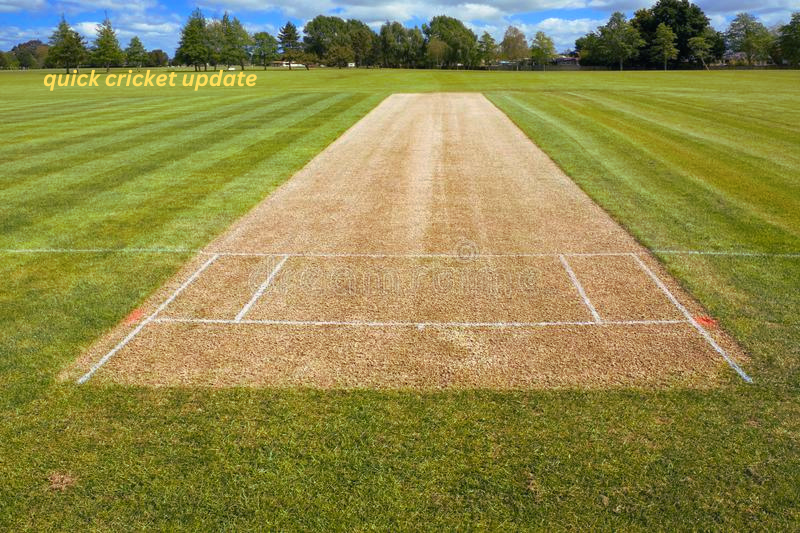describe how the cricket pitch is made
do you want to know how cricket pitch is made? then read this full article
Cricket pitches are made up of a layer of soil, which is then covered with a thin layer of sand and salt on top. This provides a hard surface for the game to be played on, as the soil underneath helps to absorb any impact from the ball. On top of this layer of soil is a layer of clay, which is then mixed with more sand and silt to create the perfect playing surface. The clay also helps keep the turf level and even, ensuring that the surface doesn’t become too hard or too soft.
Cricket pitches, or the playing surface, are made up of different layers of dirt, grass, and soil which are compacted together to create a flat surface for the game. The soil used to make the pitch is specific and is designed to ensure that the ball bounces and spins, in the same way, every time. The process of making a cricket pitch is a very careful and tedious one, with lots of attention to detail and precision given to ensure that it meets all of the requirements. The length and width of the pitch are also exact, with the length measuring 20.12m (65 feet) and the width measuring 3.05m (10 feet).

more about how cricket pitch is made
A cricket pitch is a carefully prepared playing surface of a cricket ground, made up of a variety of materials that ensure a consistent playing area. Typically, the playing surface is made up of a grassy area and surrounding hard ground. The grassy area is made up of several different varieties of grass to create a uniform and durable surface. The surrounding hard ground is usually made up of dirt and clay, providing the necessary traction for bowlers and spinners to perform their best.
